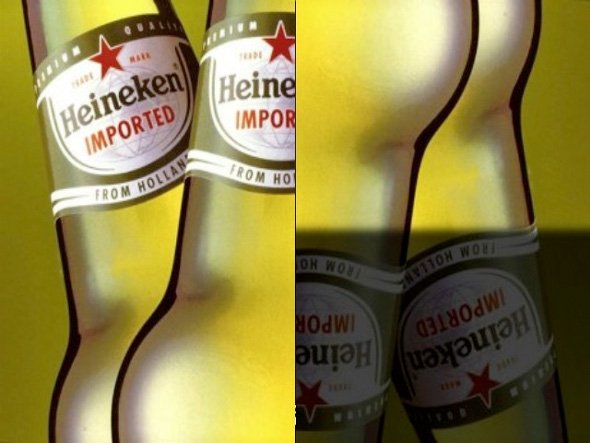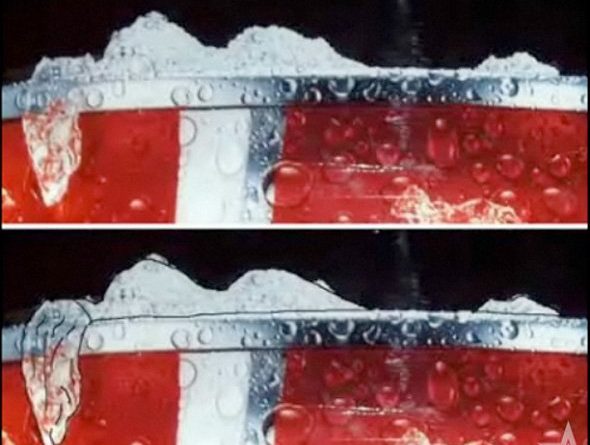Conspiracy Theories – Dark Art Of Subliminal Advertising
Source : http://en.wikipedia.org/wiki/Subliminal_stimuli
Ever been watching a movie and suddenly get the munchies? Or sitting on your sofa watching TV and suddenly get the irresistible urge to buy a new car? If so, you may be the victim of a subliminal advertising conspiracy!
The birth of subliminal advertising as we know it dates to 1957 when a market researcher named James Vicary inserted the words “Eat Popcorn” and “Drink Coca-Cola” into a movie. The words appeared for a single frame, allegedly long enough for the subconscious to pick up, but too short for the viewer to be aware of it. The subliminal ads supposedly created an 18.1% increase in Coke sales and a 57.8% increase in popcorn sales.
Vicary’s results turned out to be a hoax. But more recent experiments have shown that subliminal messages actually can affect behavior in small ways. A Harvard study from 1999 employed a similar method to Vicary’s — subjects played a computer game in which a series of words flashed before them for a few thousandths of a second. One set got positive words like “wise,” “astute,” and “accomplished.” The other set got words like “senile,” “dependent,” and “diseased.” Despite the fact that these words flashed far too quickly to be consciously perceived, those who received positive words exited the room significantly faster than those who got negative words.
However, William Peter Blatty, author of The Exorcist, prominently spoke out against subliminals when the movie adaptation of his book came under fire for including allegedly subliminal messaging. He said, “There are no subliminal images. If you can see it, it’s not subliminal.” So do advertisers consciously choose to include subliminal messages in their ads? Can they harness subliminal power to associate their products with sex and power? If so, does it actually affect a consumer’s buying decisions?
In the 1980s, concern over subliminal messages spread to bands such as Styx and Judas Priest, with the latter band even being sued in 1990 for allegedly causing a teen’s suicide with subliminal messages (the case was dismissed). Subliminal mental processing does exist, and can be tested. But just because a person perceives something (a message or advertisement, for example) subconsciously means very little by itself. There is no inherent benefit of subliminal advertising over regular advertising, any more than there would be in seeing a flash of a commercial instead of the full twenty seconds. Getting a person to see something for a split-second is easy; filmmakers do it all the time (watch the last few frames in Hitchcock’s classic “Psycho”). Getting a person to buy or do something based on that split-second is another matter entirely. (The conspiracy was parodied in the 1980s television show Max Headroom, in which viewers were exploding after seeing subliminal messages called “blipverts.”)
1.Disney movies – Many Disney movies contain images that could — if you squint your eyes — contain salacious images, but 1977’s The Rescuers did indeed contain two pornographic images. As Bianca and Bernard fly through the city, two photos of topless women can be seen in the windows behind them when freeze-framed. Disney didn’t notice the sabotage until 1999, and recalled 3.4 million VHS copies of the film.
2. A sexy outline of a woman on top of a can of Coke
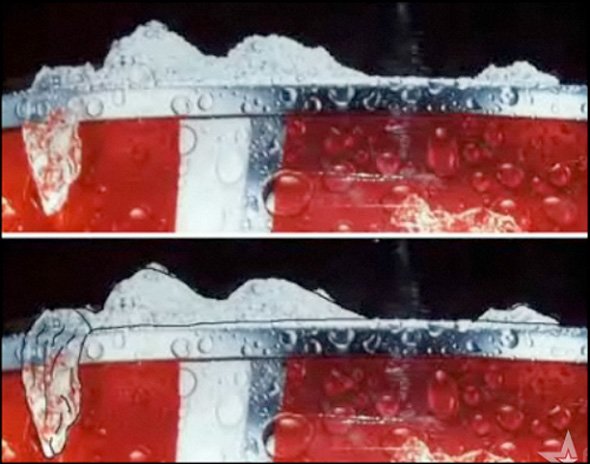
3. The Camel logo – An oldie but a goodie: Who hasn’t spent time searching the Camel logo for the image of a naked man with his “cigarette” hanging out?

4. SFX Magazine – SFX magazine courted notoriety when it altered the typeface of its logo for its Jennifer Garner issue in such a way that the moniker appeared to spell out something else entirely.

5. Swensen’s ice cream – Pause the video at 6 second and look very closely
6. DJ Flooring – Turn the image upside down and you would know what they intended you to see.
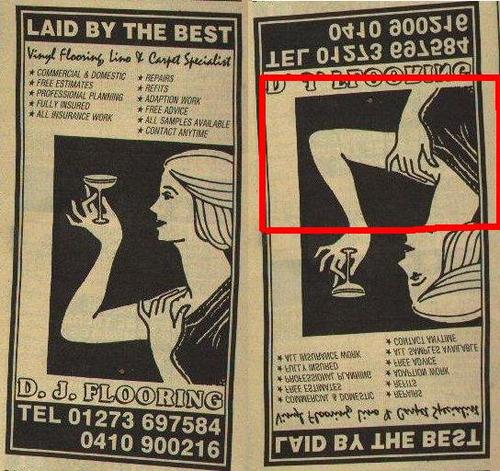
7. George W. Bush — “Rats” – Candidate Bush was trying to make a point about candidate Al Gore’s healthcare proposals in the 2000 election campaign, but all anyone remembers is the kerfuffle over whether the brief appearance of the word “rats” in the middle of the ad was intended or not.
8. Gilbey’s Gin – Many people think that the appearance of the word “sex” in the Gilbey’s ice cubes is deliberate. But think about this: How does that help Gilbey’s sell cocktails?
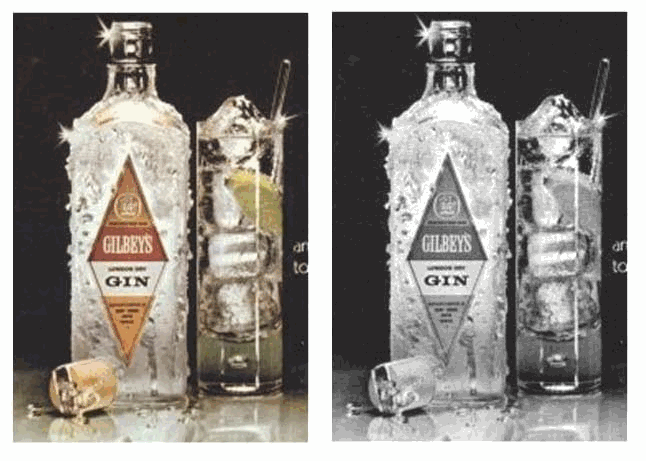
9.Heineken Imported Beer Ad – Flip the image to see that sex helps sell
